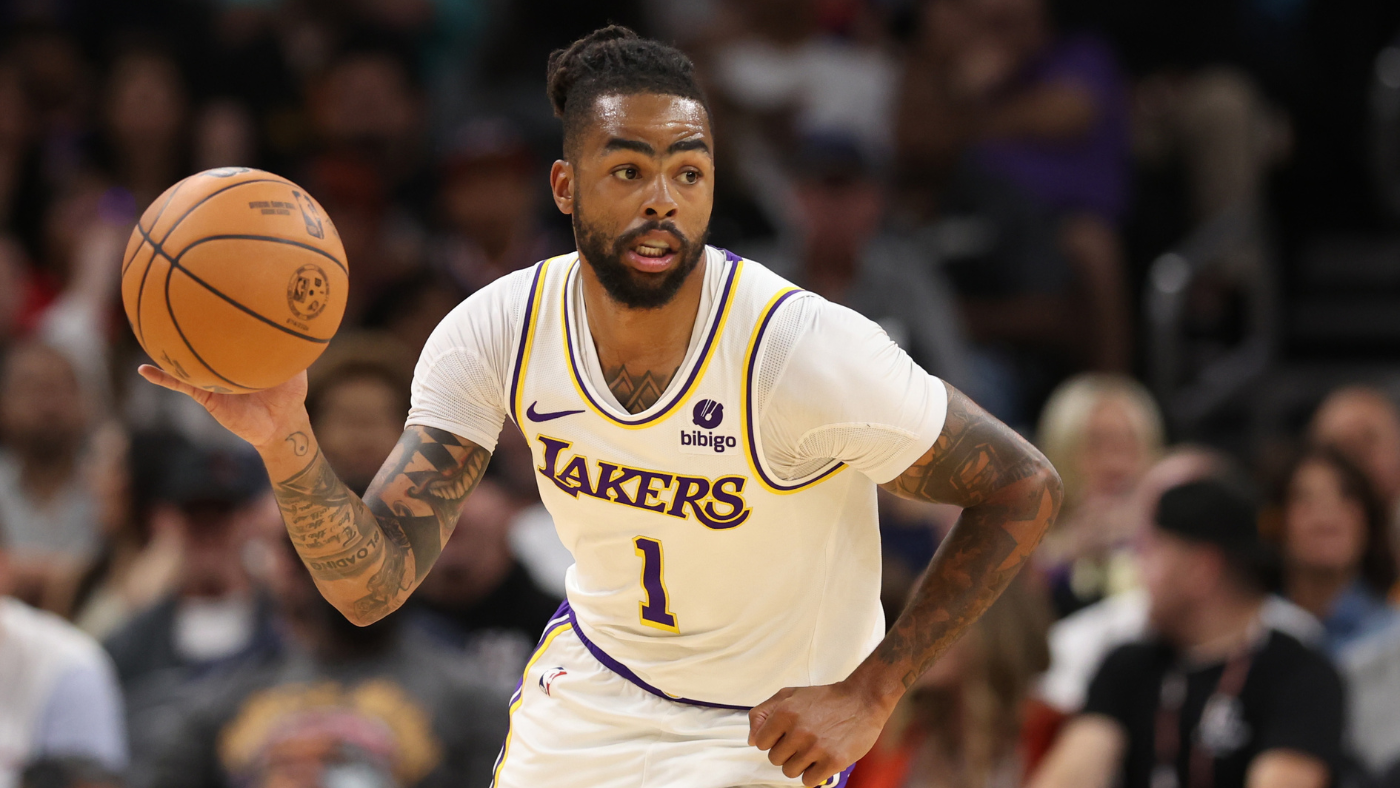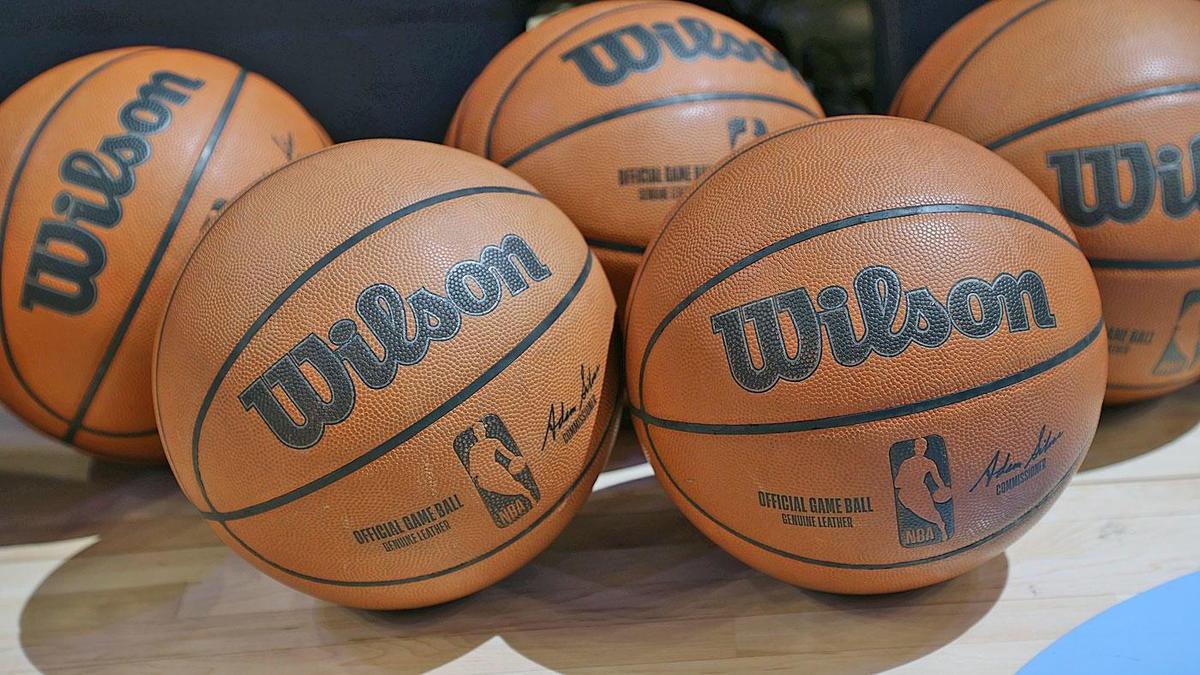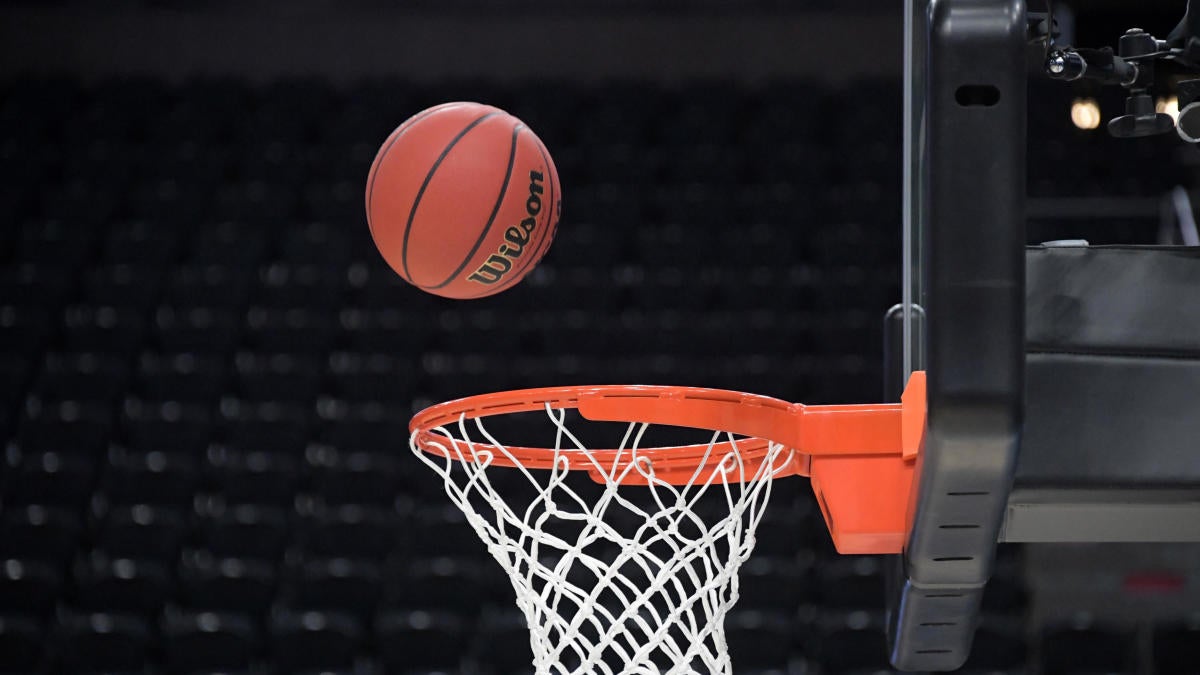
The Los Angeles Lakers were expected to be active in the trade market this season, but you could never quite be certain based on the way they’ve handled the last year or so. They were linked to plenty of big names at the 2023 trade deadline, but ultimately stood pat. They chased Klay Thompson in free agency, but wound up going through the entire offseason without bringing in a single new veteran to join the roster. The Lakers want to win, yes, but they are also dealing with the reality that LeBron James turns 40 on Monday and need to be careful about how they spend their assets if they want to compete after he’s gone.
On Sunday, they attempted to find a middle ground by swapping D’Angelo Russell and three second-round picks for Dorian Finney-Smith and Shake Milton in a trade with the Brooklyn Nets. The Brooklyn side of the equation was far more straightforward. The Nets have been open for business since they dealt Mikal Bridges in June, and they had already shipped out Dennis Schroder earlier this month. This deal continues that trend for Brooklyn, and it gives the Lakers a nudge in the right direction, so let’s grade the deal for both sides.
Los Angeles Lakers: A
The Lakers are walking a tightrope right now. If the past 18 months or so are any indication, they are not true championship contenders. After investing mountains of draft picks into contending between 2019 and 2023, the reality of their situation appears to have set in recently. LeBron James is 40, and as good as he still is, he is also visibly declining. Anthony Davis is 31, and while he is still playing at an elite level, he is injury-prone and likely nearing the end of his peak as well. Continuing to blindly sacrifice first-round picks that could be used to rebuild after they are gone was no longer responsible.
But James and Davis are too good to waste on a broken roster as well. Considering the faith James placed in this team when he signed with them in 2018 in the first place, the Lakers have an obligation to put a competitive team around him as long as he wants to continue playing for them. If the Lakers are going to maintain their reputation as a star-friendly organization, they have to send James out right. They just had to do so in a way that didn’t lead to another half-decade of misery like the one he led them out of.
That made Finney-Smith the perfect middle ground for them. Perimeter defense has been this team’s biggest need ever since Jarred Vanderbilt’s seemingly never-ending injury saga began last season. Unlike Vanderbilt, Finney-Smith can actually shoot. He’s not the 43.5% 3-point marksman that he’s been this season, but it’s not unreasonable to assume that he can shoot in the mid-to-high 30s reliably with James, Davis and Austin Reaves setting him up. His partnership with new backcourt starter Max Christie makes plenty of sense as well. Both are long for their positions, but Finney-Smith is stronger and sturdier. In a perfect world, Christie will take the faster guards while Finney-Smith handles bigger forwards. With fewer defensive liabilities on the roster, James will have an easier time operating in the weakside help role he prefers. From that perspective, this deal makes it easier for him to rest on defense.
This trade gives the Lakers a degree of balance that their roster previously lacked. Russell’s presence made the lineup a bit too heavy on shot-creation. With him gone, Reaves, who is averaging 20.3 points and 7.4 assists since Christie joined the starting lineup, can fully embrace the secondary creation role. Finney-Smith and Christie’s emergence gives the Lakers two better perimeter defenders than they had at any point last season. All of those players can shoot 3s. So can Rui Hachimura and Dalton Knecht. This is now a roster designed to support the James-Davis two-man game and perhaps take a bit of the defensive load off of Davis’ shoulders.
Does that make them championship contenders? Well, no, at least not yet. But the deal does give the Lakers more flexibility to continue to try to improve if the right opportunity presents itself. The Lakers save about $3.5 million in the deal, which not only cuts their luxury tax bill, but gives them badly needed room underneath the second apron, where they are hard-capped, to pursue other talent. They still have one second-round pick, two (very valuable) future first-round picks and several first-round swaps to offer for further improvements if something they believe vaults them into title contention presents itself. At the very least, a backup center is needed.
But if this is the last move the Lakers make this season, it’s a very, very good one. It addresses the single biggest need this team has and does so in a way that won’t hamper the inevitable rebuild that will follow James’ eventual retirement. It puts younger players like Christie and Reaves in a position to succeed and lightens the burden on older players like Davis. It’s hard to do much better than that for three second-round picks.
Brooklyn Nets: C
Let’s start with the obvious. The goal for the Nets, right now, is to get worse. They traded Dennis Schroder at the first available opportunity. They’ve given up another important veteran in Finney-Smith here. When you give up a mountain of valuable assets to regain control of your own first-round picks, you do so because those are the picks you have control over. In other words, the Nets got those picks because they knew it meant they could tank, and that is exactly what they are trying to do.
But Russell is a dangerous player to put on a tanking roster. While his limitations as a defender make him almost unemployable for teams with championship ambitions, he is a very capable floor-raising guard. Remember, he made an All-Star Team the last time he played for a rebuilding Nets squad, and the difference between the Nets with a steady, veteran point guard (Schroder) and without one has been stark. The Nets actually won the minutes Schroder played this season by 0.4 points per 100 possessions, but they’ve lost the minutes they’ve played without him by 11.1. Bringing in Russell risks stabilizing lineups the Nets emphatically do not want to stabilize. Now, Russell will be joining a Nets team without Finney-Smith, which helps the tanking cause, but he’s a good enough shot-creator to win the Nets a few games they are actively trying to lose. Their goal should be to get him off of the roster as quickly as possible.
And then there’s the matter of price. Finney-Smith is worth a first-round pick. That isn’t just a subjective measure of his talent. There was reporting behind it. Marc Stein reported that Memphis was believed to be offering a protected first-round pick along with John Konchar and Luke Kennard for Finney-Smith. Now, the exact nature of those protections impacts the value of such a pick immensely. Stein noted that it was protected “past the lottery,” and if there was a chance it never conveyed, that might have been enough to sway the Nets.
But the Grizzlies are a very good team. Odds are, a protected pick this season at least would have conveyed. Even if the Nets weren’t comfortable with the pick Memphis was offering, why settle for the Lakers offer now? Remember, back at the 2023 deadline, it seemed as if every role player on the market was netting four or five second-round picks. Was this really the best the Nets could have done? Surely someone would have offered more by February, right?
Getting rid of Finney-Smith will help the Nets lose games. That is the plan here. They just didn’t go about doing so in the best way available. This trade may still turn out fine for them, but for now, it’s hard to grade it as anything better than a “C.”



